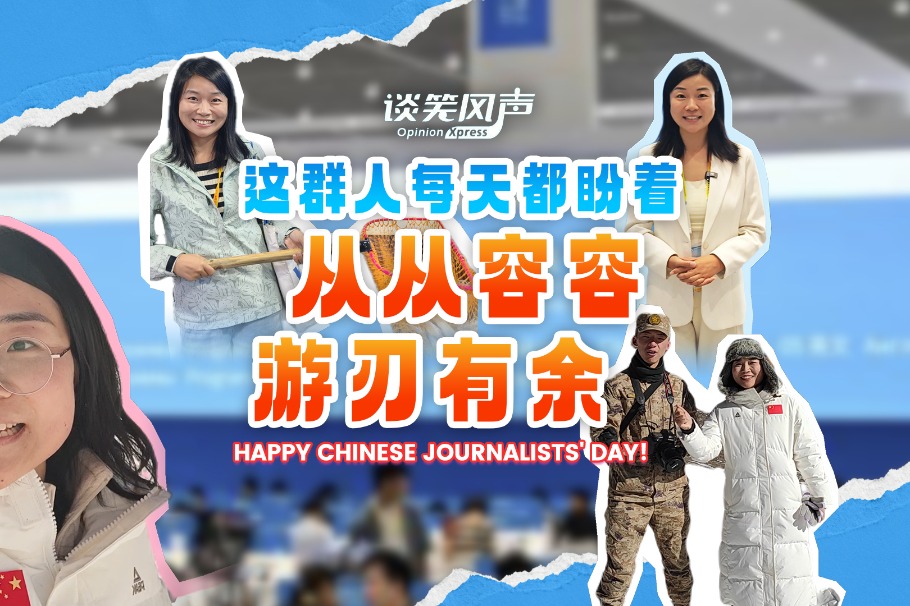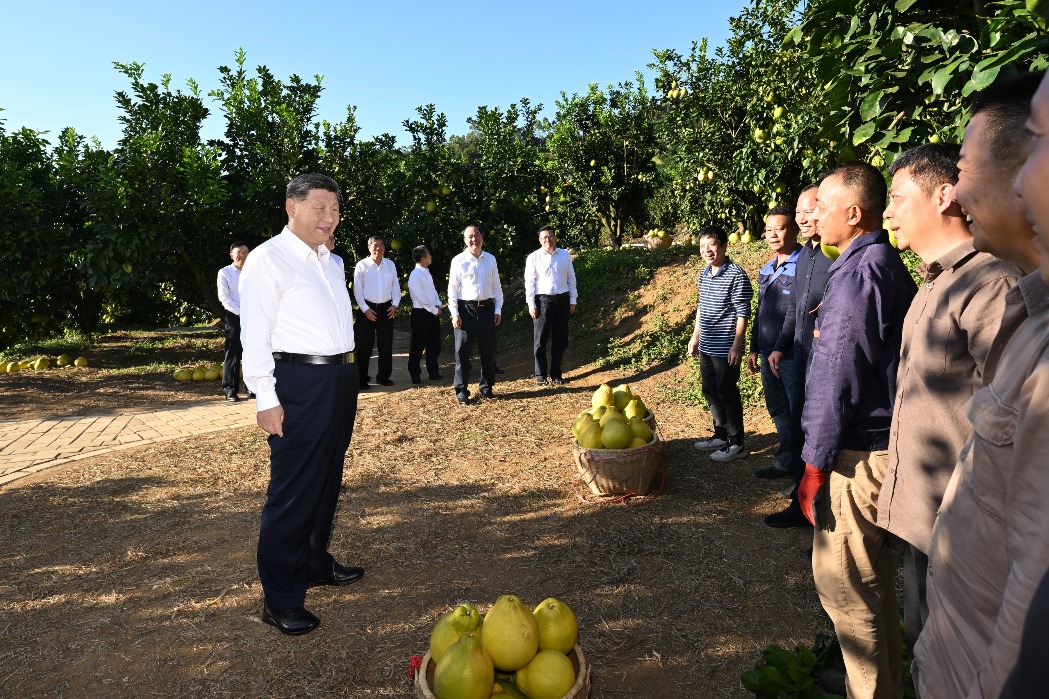Resolution of the Central Committee of the Communist Party of China on the Major Achievements and Historical Experience of the Party over the Past Century

3. Pursuing economic development
Since the launch of reform and opening up, the Party has concentrated on economic development as the central task, and led the people in working diligently to bring about a miracle of rapid growth. China's economic strength has thus risen by a significant margin.
However, there existed problems such as undue emphasis on the rate and scale of growth in some localities and sectors and an extensive growth model. They, combined with the impact from sluggish world economy in the aftermath of the global financial crisis, led to a stack-up of institutional and structural problems in China's economy. Imbalanced, uncoordinated, and unsustainable development hence became a glaring issue.
The Central Committee determined that China's economy had reached a new normal of development, and was transitioning from a stage of high-speed growth to a stage of high-quality development. Our traditional growth model could no longer be sustained in the face of a complex situation in which we must deal with a slowdown in economic growth, make painful structural adjustments, and absorb the effects of previous economic stimulus policies all at once.
The Central Committee noted that applying a new development philosophy represented a profound shift affecting China's overall development. The GDP growth rate could not serve as the sole yardstick of success for development. Rather, it was imperative to achieve high-quality development in which innovation is the primary driver, coordination is an endogenous trait, eco-friendly growth prevails, openness to the world is the only way, and shared growth is the ultimate goal, with a view to propelling transformative changes in the quality, efficiency, and impetus of economic development.
The Party stepped up strategic planning and unified leadership over economic work, and improved its institutions and mechanisms for leading economic development. Through the fifth plenary session of the 18th Central Committee, the 19th National Congress, the fifth plenary session of the 19th Central Committee, and a series of central economic work conferences, it rolled out new plans and made major decisions in this regard. They were as follows: focusing on the main theme of high-quality development and the main task of supply-side structural reform; building a modern economic system; expanding domestic demand as a strategic priority; and fighting effectively in the three critical battles against potential risk, poverty, and pollution.
The Party has worked with unswerving commitment to consolidate and develop the public sector and to encourage, support, and guide the development of the non-public sector. It has prompted state capital and state-owned enterprises to grow stronger, better, and larger, established a modern enterprise system with Chinese characteristics, and worked to make the public sector more competitive, innovative, risk-resilient, and capable of exerting a greater level of influence and control over the economy. A cordial and clean relationship has been cultivated between government and business, and steps have been taken to facilitate the healthy growth of the non-public sector and encourage those working in this sector to achieve success.
The Party has been committed to the innovation-driven development strategy. It has made self-reliance in science and technology the strategic pillar for the country's development and developed a new system for mobilizing the resources nationwide for this purpose. It has strengthened China's capabilities in strategic science and technology, intensified basic research, and spurred breakthroughs and original innovation on core technologies in key fields. The Party has bolstered the creation, protection, and application of intellectual property rights, and moved faster to build China into a country of innovators and a global leader in science and technology.
The Party has carried out supply-side structural reform on all fronts. It has worked to cut overcapacity, reduce excess inventory, deleverage, lower costs, and shore up weaknesses, and implemented the principles of consolidating gains made in this regard, strengthening the dynamism of micro entities, upgrading industrial chains, and ensuring unimpeded flows in the economy. It has increased efforts to build China into a manufacturer of quality, build a modern industrial system, expand the real economy, and develop the digital economy.
The Party has improved its macroeconomic governance, adopted innovative ideas and approaches in macroeconomic regulation, shown greater initiative in macro policymaking, and implemented a proactive fiscal policy and a prudent monetary policy. The Party has pressed forward with efforts to streamline administration, delegate power, improve regulation, and upgrade services. Steps have been taken to ensure food, energy, and resource security as well as the security of industrial and supply chains. The Party has worked to ensure that the financial sector better serves the real economy, strengthened financial regulation across the board, taken measures to prevent and defuse economic and financial risks, and stepped up market supervision and antimonopoly regulation. The Party has also taken measures to prevent runaway expansion of capital, maintain order in the market, galvanize market entities of all types, especially micro, small, and medium enterprises, and protect the rights and interests of workers and consumers.
The Party has introduced a coordinated regional development strategy. It has promoted coordinated development of the Beijing-Tianjin-Hebei region, the development of the Yangtze Economic Belt and the Guangdong-Hong Kong-Macao Greater Bay Area, integrated development in the Yangtze River Delta, ecological protection and high-quality development in the Yellow River basin, and high-quality construction of Xiongan New Area to a high standard. The Party has prompted a new phase in the large-scale development of the western region, new breakthroughs in the revitalization of the northeast, and high-quality development of the central region, and encouraged the eastern region to accelerate its pace of modernization. The Party has provided assistance for improving working and living conditions in old revolutionary base areas, areas with large ethnic minority populations, border areas, and impoverished areas. It has promoted a new, people-centered type of urbanization and improved urban planning, development, and management.
The Party has always made issues relating to agriculture, rural areas, and rural residents a top priority. It has introduced a rural revitalization strategy and accelerated the modernization of agriculture and rural areas. It has adopted a food crop production strategy based on farmland management and the application of technology, implemented the strictest possible system for the protection of farmland, and worked to increase self-reliance in seed technology and ensure that China's seed resources are self-supporting and under better control. With all these efforts, the Chinese people's food supply has remained firmly in their own hands.
Since the 18th National Congress, our economic development has become much more balanced, coordinated, and sustainable. China's GDP has exceeded 100 trillion yuan, while per capita GDP has topped US$10,000. China's economic strength, scientific and technological capabilities, and composite national strength have reached new heights, and our economy is now on a path of higher-quality development that is more efficient, equitable, sustainable, and secure.

































